Return on Investment (ROI) In Real Estate & how to calculate ROI
Investing in stocks, bonds, or real estate can build wealth. Accurately calculating potential profits and using ROI as an indicator can increase chances of success.last updated Wednesday, April 10, 2024
#calculate roi real estate #roi calculation
| | John Burson | Subscribe |
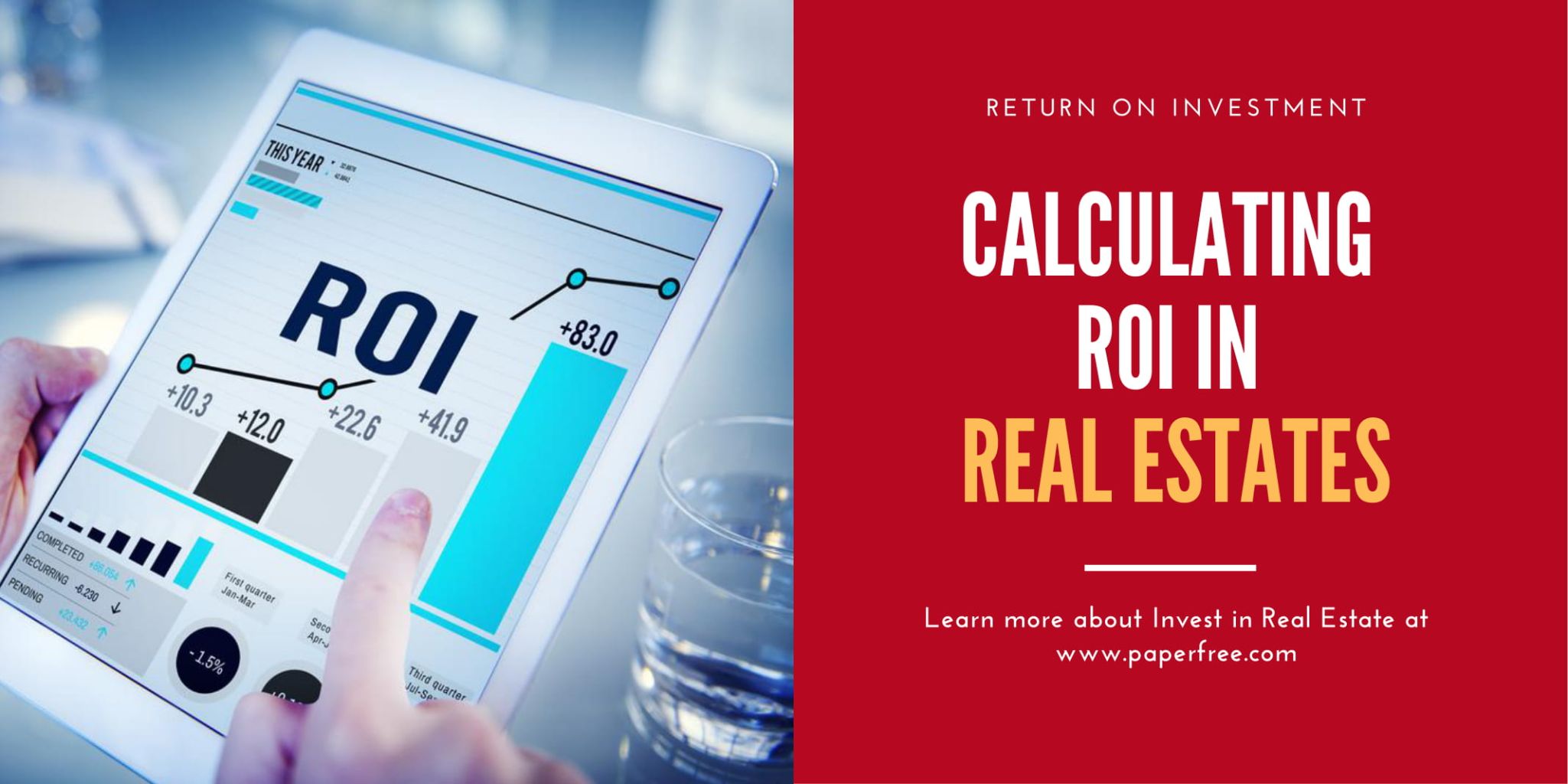
CONTENTS
People tend to invest in stocks, bonds, or real estate for a certain period to make money and build wealth. If you can calculate the potential profits accurately before owning or acquiring a property, you are more likely to succeed in making profits. Return on investment, or ROI, is one of the best indicators investors use to measure the potential profit of an investment. If you are unfamiliar with ROI, keep reading to learn more.
What is ROI in Real Estate?
Return on investment is the ratio of the profits to the costs of an investment. ROI measures how much money is made on an investment as a percentage of the investment’s price. Investors use this to evaluate the profitability of an investment. Calculating ROI on a rental property is essential. The return on investment represents the potential of income-generating assets. Investors with a general idea of the Rate of return can decide whether investing here is worth it. A higher ROI means your profits will be in your cost’s favor.
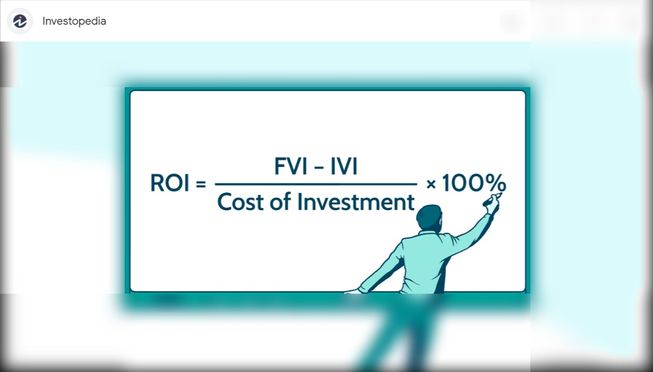
fig 1 ROI calculation
Not all homes or properties for sale have the same probable profits as rental properties. A beginner should use the ROI calculation when planning to buy their first rental property to compare investment opportunities that are available in the market. By calculating ROI on investment opportunities, new investors can make intelligent decisions. Seasoned real estate investors also use ROI to compare different investment portfolios.
How to Calculate ROI in Real Estate?
Now that you have an idea of ROI, you need to know the steps to calculate the ROI. Here’s how you can do it:
- First, estimate how much you would spend on renovating the rental property you invest in for a year. Calculate the yearly rental income by multiplying the monthly income by 12.
- After calculating the yearly income, it’s time to subtract expenses you expect to incur (mortgage payments, repairing). The result of the subtraction is the cash flow.
- Every payment contributing to the mortgage principal will increase your property’s equity. Calculate the equity and add it to the cash flow you’ve just calculated. This generates your net income from the investment.
- Now, follow the ROI equation and divide the net income by the total cost you paid for the investment. Follow this equation to get the ROI
ROI = (Gain in Investment - Cost of investment) / Cost of Investment
Limitations of ROI calculation. Two calculation methods.
However, there are some limitations to the ROI calculation. While calculating the investment return is easy, some expenses can impact the ROI. These include maintenance, repairs, taxes, etc. Another thing that affects the ROI calculation is the investment financing method and financing terms. Considering these complications, experts don’t recommend using the ROI formula only when calculating your profits. For accurate profitability, two methods can be applied:
- The Cost Method, calculating Cap Rate.
The cost method in real estate helps the investor calculate a more accurate ROI for cash transactions. The formula for calculating ROI is dividing the property’s net operating income by the costs related to the property purchase.
Follow this equation:
Cap Rate = (Net Operating Income / Total Investment) x 100% - The Out-of-Pocket Method, Calculating Cash on Cash Return.
The out-of-pocket method calculates the cash-on-cash return when calculating real estate ROI with mortgage-financed transactions. You need to list the monthly interest you pay in your expenses when you buy an investment property with a loan. Dividing the annual return by the total cash invested should do the trick. Calculate the cash on cash return like this.
Cash on Cash return = (Annual Return / Total Cash Invested) x 100%
If asked about what a good ROI for rental property will be, the answers vary. Several factors influence the real estate return on investment. One of the most important factors is location. When you buy a rental property, you immediately impact your potential profits. Another factor is the payment system. Whether you buy the property in cash or by mortgage, the profits hit differently depending on the financing method.
What average real estate returns may you expect?
Real estate returns are dependent on specific investment strategies. In general, the higher the risk, the higher the returns.
Return by the type of capital investment
- Investments in Equity vs. Investments in Debt
Equity returns > debt returns. Example 18% vs. 8% - Investments Private Equity Returns vs. Investments Public Markets
REIT rate of return from public market < REIT from the private market. Example 8% vs. 11%
Return by property type
- Multifamily investment returns < mobile park investment returns
- Office investment returns < multifamily investment returns
- Senior housing investment returns
Senior housing investment returns can vary widely depending on the investment strategy and market conditions. Generally, senior housing investments can provide returns through rental income, appreciation in property value, and potential tax benefits.
The total annual return for senior housing properties was 9.63% in 2020, higher than the commercial real estate market.
National Investment Center for Seniors Housing & Care report.
The report also showed that private-pay independent living and assisted living facilities had the highest returns among senior housing property types, with total annual returns of 10.63% and 10.21%, respectively.
It's important to note that senior housing investments can also involve risks, such as changes in demand, regulatory changes, and operational challenges.
Returns by development stage
- Core Plus real estate returns < Value Add real estate returns.
Ex. 18% vs 12% - Opportunistic real investments return > Value Add returns.
Ex. 24% vs 18%
Investment liquidity
The higher the risk or higher the hold of funds, the more return you should expect.
Related FAQ
What does ROI mean in real estate?
ROI is a metric that helps real estate investors evaluate whether they should buy a specific property and compare apples to apples, one investment to another.
Subscribe to Paperfree Magazine
EB5 Visa Consultants by Paperfree EB5 Program
Get dedicated service, from finding the right information to complex investment challenges.

Real estate investment strategies

Multifamily investment strategy to boost investment portfolio returns.
Diversify in multifamily investment strategy to lower volatility and boost portfolio returns.
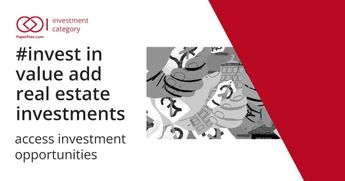
Value add real estate strategy helps investors drive capital growth.
The value add real estate strategy's first goal is capital growth, the second goal is some income. The strategy works with all property types

Investing in senior housing. Invest in senior housing real estate to drive stable returns.
Senior living investments will create social impact on the market with strong fundamentals: growing demand, resilience to economic cycles.
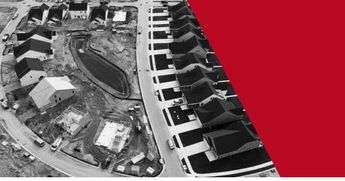
Invest in build to rent investment funds
Build to rent investment funds for passive real estate investing.

Invest In Real Estate Private Equity
Discover diverse private equity real estate investment opportunities.
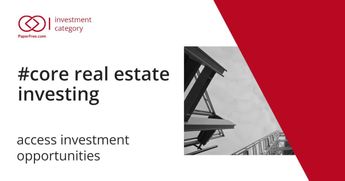
Core real estate investment strategy to drive income vs capital growth
Core Real Estate Strategy is one of the most conservative modern real estate investment strategies focusing primarily on income.

Passive real estate investing, best investment strategies, opportunities and more.
Passive real estate investing allow you to be a silent partner in large-scale real estate investments that can produce earnings and return on investment.

Invest in Syndication Real Estate
Investing in real estate syndicates as a part of alternative investments strategy
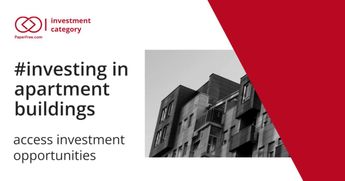
Investing in apartment buildings
Apartment investments are a sound investment option for numerous investment strategies.
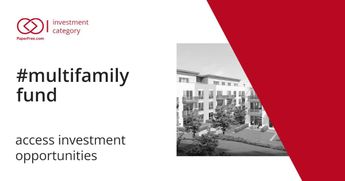
Multifamily fund
Multifamily funds have one of the highest average annual returns of all real estate investments. Find private and public multifamily investment funds below.

Multifamily value add strategy
The main attribute of the multifamily value add strategy is the focus on capital growth. The investment strategy has a median risk profile.

Core plus investment strategy real estate to generate income
Core Plus Strategy focus to generate income based on mid-low risk profile. Learn more.

Opportunistic real estate investment to maximize return on investment
Opportunistic real estate investment strategy drives capital growth with heights risk of default.

EB 5 investment projects list
Find the best fit for your immigration strategy and investment goals for EB5 projects in USA local markets.

Value add real estate funds
Value add real estate funds aim to increase cash flow and value by buying and improving underutilized assets, potentially yielding higher returns than traditional real estate investments.